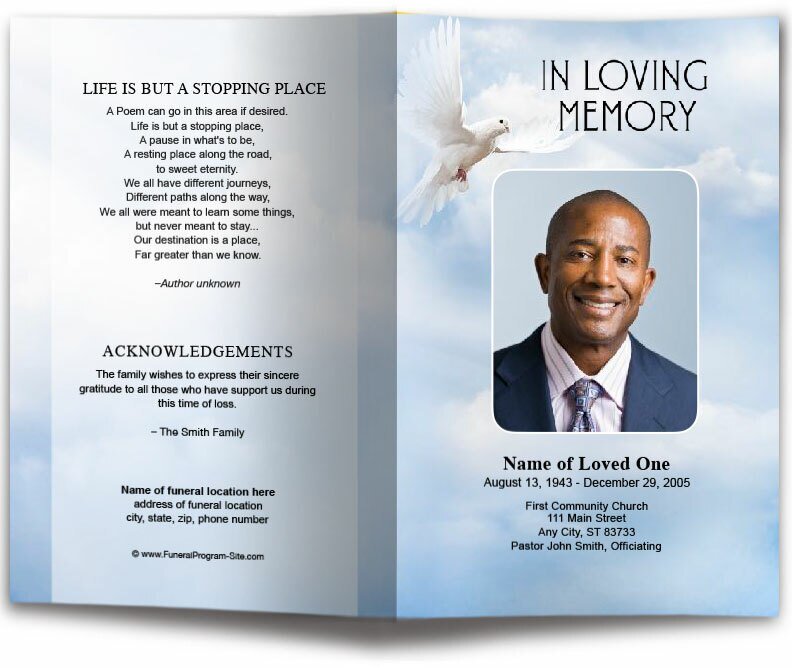Funeral Director Duties: Responsibilities and Key Roles

The role of a funeral director is multifaceted and requires a balance of compassion, organization, and professionalism. A funeral director is responsible for managing all aspects of a funeral service, providing emotional support to grieving families, and ensuring legal and administrative tasks are handled correctly. Below is a detailed look at the essential duties of a funeral director.
1. Initial Consultation with the Family
One of the primary duties of a funeral director is to meet with the family of the deceased. This initial consultation is crucial as it allows the director to gather important details about the deceased’s life and the family’s wishes for the funeral service. The funeral director must offer emotional support during this time while discussing the following:
- Preferred funeral service options (traditional, cremation, memorial, etc.)
- Funeral service date, location, and time
- Arrangements for visitation or wake
- Obituary and death notice details
- Special requests, such as religious or cultural traditions
2. Coordinating Funeral Arrangements
Once the family’s wishes are clear, the funeral director is responsible for coordinating all the logistical and operational aspects of the funeral. This includes working closely with third-party vendors, the cemetery or crematorium, clergy, florists, and transportation services. Some of the key tasks include:
- Arranging transportation for the deceased (hearse, limo, etc.)
- Scheduling the time and location of the funeral, burial, or cremation
- Organizing the casket, urn, or memorial items
- Coordinating with clergy or officiants for the ceremony
- Setting up the funeral venue, including seating, displays, and audio/visual equipment
3. Handling Legal and Administrative Duties
Funeral directors are responsible for ensuring that all legal and administrative procedures are followed correctly. This includes obtaining the necessary paperwork, filing death certificates, and adhering to state and local regulations regarding funerals. The administrative duties of a funeral director include:
- Filing the death certificate with the local government
- Securing burial permits or cremation authorizations
- Managing the release of the deceased’s body from the hospital or coroner
- Ensuring compliance with local, state, and federal funeral regulations
- Advising the family on any legal issues related to the burial or cremation process
4. Preparing the Body
An essential responsibility of a funeral director is overseeing the preparation of the deceased’s body for viewing and burial or cremation. This involves embalming, dressing, and cosmetic preparation, depending on the family’s wishes and religious or cultural traditions. Key tasks related to body preparation include:
- Embalming the body to preserve it for the viewing
- Applying makeup or restorative techniques to enhance the appearance of the deceased
- Dressing the body in the family’s chosen attire
- Placing the body in the casket or preparing it for cremation
- Ensuring that cultural or religious rituals related to body preparation are respected
5. Providing Emotional Support and Grief Counseling
Funeral directors often act as emotional support figures for grieving families. While they are not typically licensed grief counselors, their experience and compassion can help provide comfort during difficult times. They may recommend professional grief counselors or support groups, and they remain available to assist the family throughout the funeral process.
Emotional Support Duties
In addition to providing logistical support, funeral directors are there to offer guidance and empathy, helping families navigate the complexities of grief. This may include:
- Listening to the family’s concerns and preferences
- Offering advice on funeral traditions and practices
- Recommending grief support resources and counseling services
- Being available for follow-up support after the funeral service
6. Supervising the Funeral Service
On the day of the funeral, the funeral director oversees the service to ensure that everything runs smoothly and according to the family’s wishes. They coordinate with staff, clergy, and other participants, making sure that the service follows the planned schedule and that all logistical elements are in place. Duties during the service include:
- Greeting attendees and directing them to the service location
- Ensuring the funeral venue is properly arranged
- Assisting with the order of service and liaising with officiants
- Coordinating transportation for the procession to the burial or cremation site
- Overseeing the burial or cremation and offering final support to the family
7. Post-Funeral Services
The responsibilities of a funeral director do not end with the funeral service. After the service, they continue to assist the family by ensuring that any remaining legal or administrative tasks are completed. Post-funeral duties may include:
- Providing the family with copies of the death certificate
- Assisting with the burial plot or memorial arrangements
- Offering guidance on closing accounts, settling estates, or notifying Social Security
- Checking in with the family to provide additional support or resources
Funeral Director Duties: Responsibilities and Key Roles Conclusion
Funeral directors play an integral role in helping families through one of life’s most difficult experiences. Their duties extend beyond organizing the funeral itself, encompassing emotional support, legal compliance, and administrative responsibilities. By offering compassion and professionalism, funeral directors ensure that each family’s wishes are honored and that the deceased receives a dignified and respectful farewell.
© The Funeral Program Site ~ Funeral Programs, Funeral Program Templates and Cancer Ribbons





























